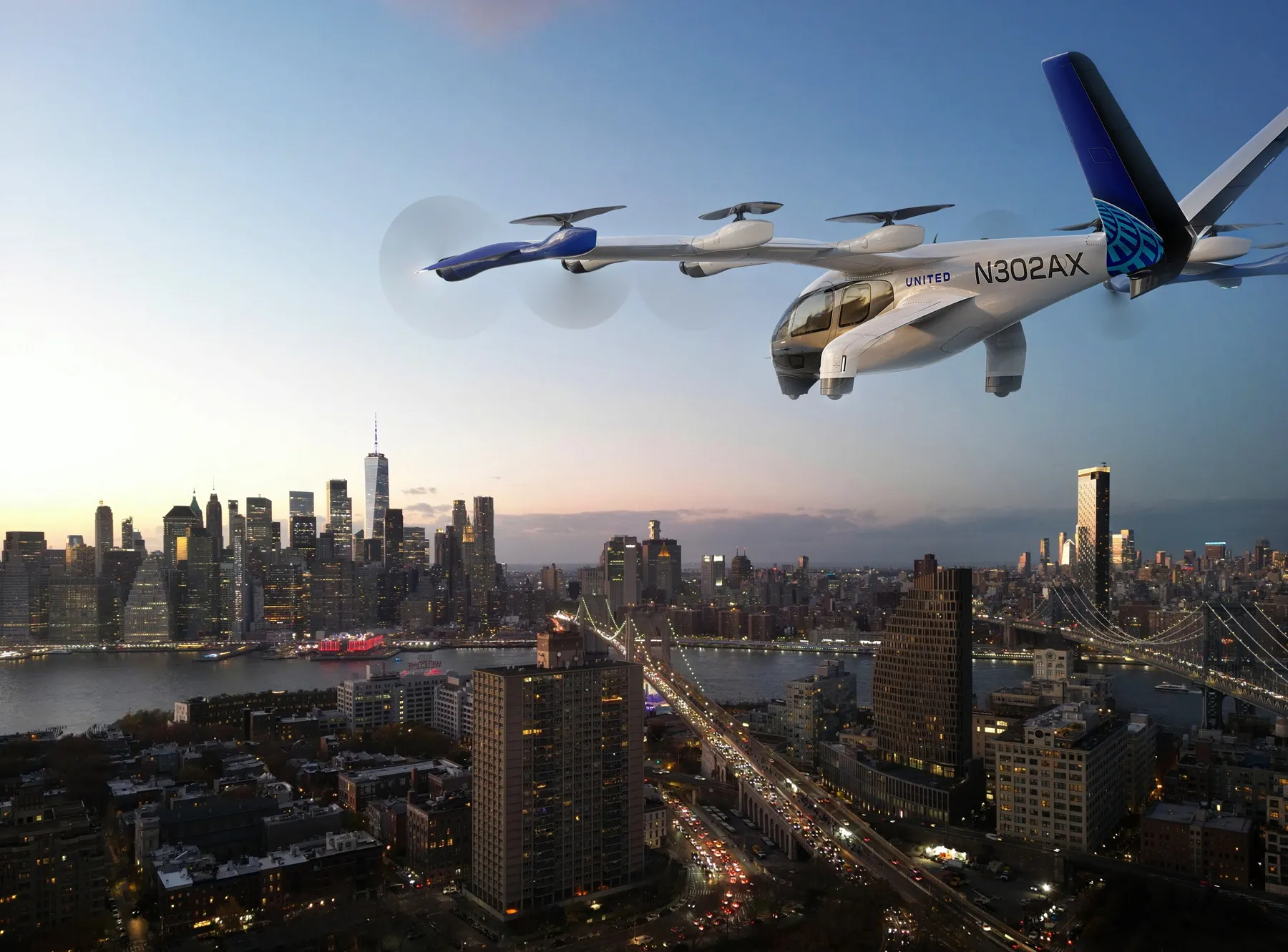Fears that the closure of a heavily congested stretch of highway in the US city of Los Angeles would lead to massive gridlock over the weekend proved groundless. The demolition of the Mulholland Overpass crossing above I-405 required a 53 hour closure of the busy highway along a 16km stretch. The highway carries amongst the heaviest traffic volumes of any stretch of road in the US and there has been concern that the necessary closure would cause chaos on the city as the inhabitants rely heavily on passenger
April 19, 2012
Read time: 2 mins
Fears that the closure of a heavily congested stretch of highway in the US city of Los Angeles would lead to massive gridlock over the weekend proved groundless. The demolition of the Mulholland Overpass crossing above I-405 required a 53 hour closure of the busy highway along a 16km stretch. The highway carries amongst the heaviest traffic volumes of any stretch of road in the US and there has been concern that the necessary closure would cause chaos on the city as the inhabitants rely heavily on passenger cars for transport.
However many people simply stayed at home and did not drive, avoiding the problem entirely. The city authorities had been warning citizens for some time prior to the highway closure of the need for the demolition work.
In one rather bizarre challenge, a group of cyclists beat a passenger jet making special short distance flights during the closure. The jet flew from Burbank airport to Long Beach airport, a distance of some 48km. Although the flight itself took just 12 minutes, the cyclists were allowed to set off one hour before the aircraft departed so as to account for the travelling to the airport and necessary checking-in time of the passengers. The cyclists completed the distance in one hour 24 minutes, less than half the time required to make journey by cab and aeroplane.
However many people simply stayed at home and did not drive, avoiding the problem entirely. The city authorities had been warning citizens for some time prior to the highway closure of the need for the demolition work.
In one rather bizarre challenge, a group of cyclists beat a passenger jet making special short distance flights during the closure. The jet flew from Burbank airport to Long Beach airport, a distance of some 48km. Although the flight itself took just 12 minutes, the cyclists were allowed to set off one hour before the aircraft departed so as to account for the travelling to the airport and necessary checking-in time of the passengers. The cyclists completed the distance in one hour 24 minutes, less than half the time required to make journey by cab and aeroplane.









